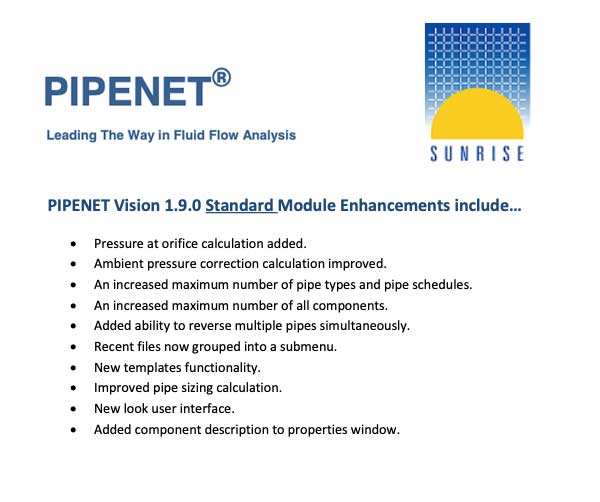
Therefore, 500 mL of normal saline is divided by 4 hours to calculate the infusion rate, which is 125 mL per hour. The formula used to calculate the flow rate is the total infusion volume (mL) divided by the hours of infusion.

Normal saline solution is used to maintain the patient's sodium level. When losses are considered in the energy equation, the velocities are actual velocities.A patient with a blood pressure of 100/70 mm Hg is hypotensive. The pressures at the upstream section and throat are actual pressures, and velocities from Bernoulli's equation without a loss term are theoretical velocities. Therefore the flow velocity at the throat of the venturi and the volumetric flow rate are directly proportional to the square root of the differential pressure. If water flows through this cone at a rate of 125.6 ft 3/sec, find the velocities at the two ends and the pressure head at the larger end. The pressure head at the smaller end is 16 ft of water. The diameter is 2.0 ft at one end and 4.0 ft at the other.
Pipenet vs fluid flow series#
Of particular note is the fact that series and parallel piping system problems are solved using the Bernoulli equation.Īssume frictionless flow in a long, horizontal, conical pipe. As in the case of the conservation of mass, the Bernoulli equation may be applied to problems in which more than one flow may enter or leave the system at the same time. Again, the fluid is incompressible so the increase in pressure head must result in an increase in pressure.Īlthough the Bernoulli equation has several restrictions placed upon it, there are many physical fluid problems to which it is applied. So the decrease in elevation head can only be compensated for by an increase in pressure head. In this case the flow velocity and the velocity head must be constant to satisfy the mass continuity equation. If a constant diameter pipe containing an ideal fluid undergoes a decrease in elevation, the same net effect results, but for different reasons. So the Bernoulli equation indicates that a decrease in flow velocity in a horizontal pipe will result in an increase in pressure.

The only way that the pressure head for an incompressible fluid can increase is for the pressure to increase. Since we are considering an ideal fluid that is incompressible, the specific volume of the fluid will not change. If the pipe lies horizontal, there is no change in elevation head therefore, the decrease in velocity head must be compensated for by an increase in pressure head. Since the outlet velocity is less than the inlet velocity, the velocity head of the flow must decrease from the inlet to the outlet.

If a pipe containing an ideal fluid undergoes a gradual expansion in diameter, the continuity equation tells us that as the diameter and flow area get bigger, the flow velocity must decrease to maintain the same mass flow rate. It is possible to examine individual components of piping systems and determine what fluid properties are varying and how the energy balance is affected. Thus, Bernoulli's equation states that the total head of the fluid is constant.īernoulli's equation makes it easy to examine how energy transfers take place among elevation head, velocity head, and pressure head. The sum of the elevation head, velocity head, and pressure head of a fluid is called the total head. The pressure head represents the flow energy of a column of fluid whose weight is equivalent to the pressure of the fluid. It is the height in feet that a flowing fluid would rise in a column if all of its kinetic energy were converted to potential energy. The velocity head represents the kinetic energy of the fluid. The elevation head represents the potential energy of a fluid due to its elevation above a reference level.

Each of the energies possessed by a fluid can be expressed in terms of head. It is a reference to the height, typically in feet, of a column of water that a given pressure will support. The term head is used by engineers in reference to pressure. Since the units for all the different forms of energy in Equation 3-11 are measured in units of distance, these terms are sometimes referred to as "heads" (pressure head, velocity head, and elevation head). Gravitational constant, (32.17 ft-lbm/lbf-sec 2)


 0 kommentar(er)
0 kommentar(er)
